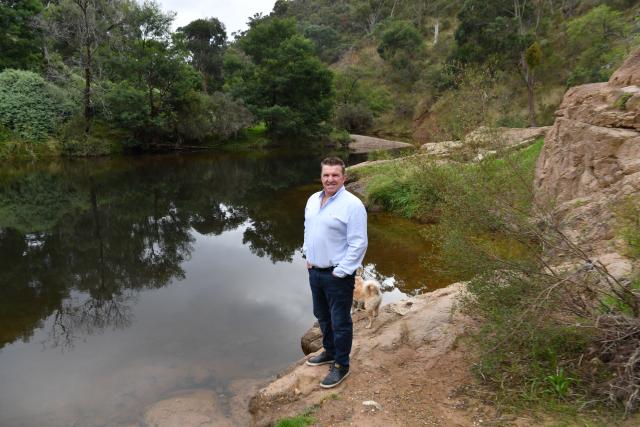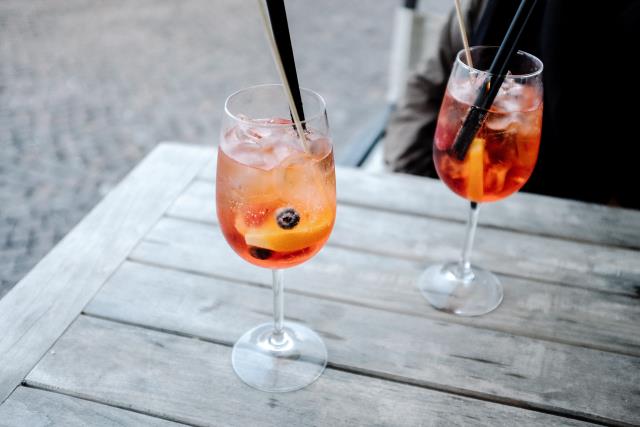Moorabool council has drafted new plans for the economic development and visitor economy for the shire, and they will be put on exhibition for input from the public.
The Economic Development Strategy outlines the aims the council has for the local economy over the next four years and focuses on employment growth, investment attraction and business development within the shire as it prepares to almost double in population over the next 20 years.
The report said Moorabool is “strategically located at the gateway to Western regional Victoria”.
“This provides unique opportunities and challenges for growth,” the report said.
According to the report, Moorabool has more than 37,500 residents and a total economic output of $2.8 billion, with the largest sectors being construction, real estate , manufacturing, and agriculture.
There are 10,233 local jobs, and they are growing at a slower rate than populations, contributing to “relatively high” unemployment.
There is a low rate of economic containment for the municipality, as most workers commute to Melbourne or Ballarat, and also spend a high proportion of their money outside the shire.
The report suggests a number of projects to address potential issues, mainly around supporting local jobs, and providing for a surging population.
Infrastructure projects include an “integrated transport strategy” to help overcome road and public transport issues, a housing strategy focused on affordability and availability.
Local jobs projects include developing a business association, a remote higher education hub, and developing a plan to attract workers and diverse and emerging industries to the shire, and supporting the existing agriculture industry through a strategy to develop growth and creating a “local brand” to promote local produce.
The visitor economy strategy identified that Moorabool earns $65.3 million from more than 570,000 visitors a year, almost three quarters of whom are from Melbourne.
The strategy found that comparative regions, Daylesford-Macedon Ranges, Ballarat, and Greater Geelong all had significantly more visitors, but each visitor also spent more money per day in those areas.
The strategy aims to grow the number of visitors to the shire, and almost double the yearly revenue from visitors by 2027 through stronger marketing, supporting accommodation services and infrastructure, promoting an agritourism industry, activating outdoor attractions, building a strong events calendar, and supporting arts and culture.







